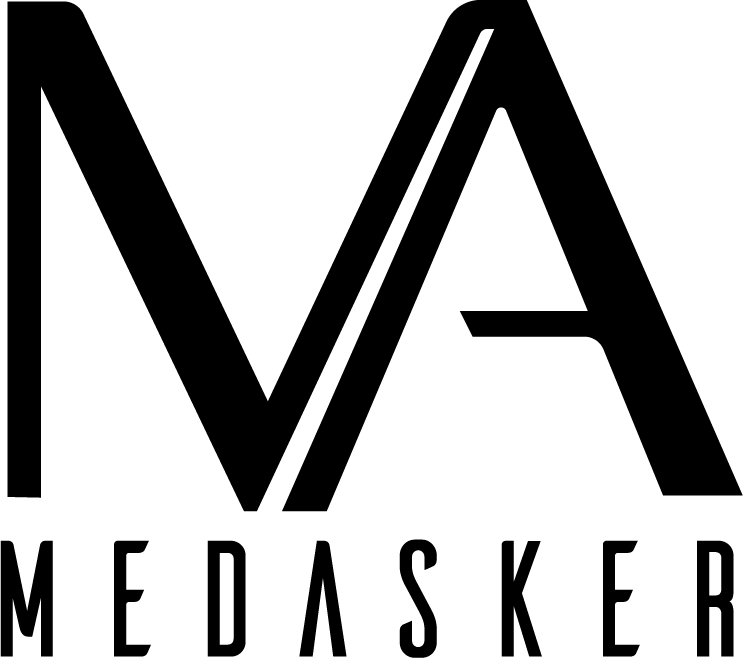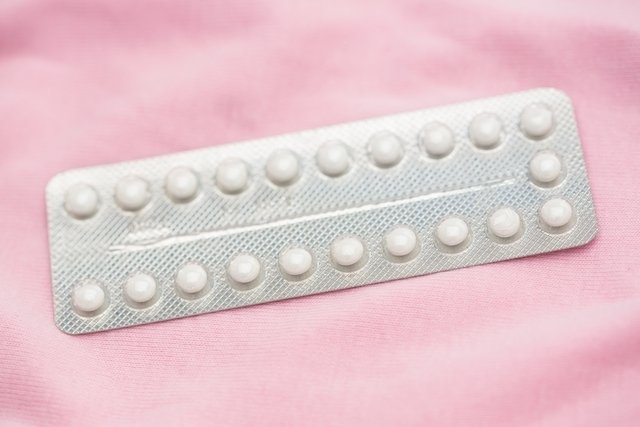What is milium on the skin, symptoms and how to remove it
Content:
Milium sebaceous, also called milia, or simply milium, is a skin disorder in which small white or yellowish keratin cysts or papules appear, affecting the most superficial layer of the skin. This change can be caused by excessive sun exposure, use of petroleum-based skin care products, or it can appear in babies due to heat.
Milium usually appears on the face, such as the nose, eyes, cheeks and behind the ear, but it can appear on the neck, hands, back and, in rarer cases, on the scalp, inside the mouth and in the private parts. Millium papules can be itchy, however in most cases they do not cause other symptoms or other health problems.
To confirm the diagnosis, exclude the possibility of another type of lesion, caused by allergies, for example, and to remove milium cysts, it is important to consult a dermatologist, as it is the most indicated to pierce the papules and indicate the most appropriate treatment. .

Main signs and symptoms
Milium is a type of skin change in which it is possible to see papules, popularly known as polka dots, which may or may not itch and have the following characteristics:
- Cyst-like;
- Size between 1 to 3 mm;
- Transparent or yellowish.
These papules are filled with a gelatinous liquid, called keratin, which is a natural protein of the skin, and appear mainly on the nose, forehead, cheeks, eyelids or behind the ear, and may appear in some cases in the genital regions and on the roof of the mouth.
Possible causes
The causes of milium are not yet fully understood, but it is believed that it arises due to a degeneration of the elastic fibers of the skin and the cells that produce keratin caused by excessive exposure to the sun's ultraviolet rays. In newborn babies, milium is a very common condition that can appear at birth or because of heat, in which cases the papules tend to disappear on their own.
Some types of milium can appear on the skin because of burns that form blisters, use of ointments with substances such as hydroquinone, corticosteroids, and petroleum, and other associated diseases such as pemphigus, porphyria, lupus erythematosus, and lichen planus. Learn more what lichen planus is and what the symptoms are .
what are the types
There are some types of milium that change according to the causes and location of the papules, which can be:
- Neonatal milium: appears in approximately half of newborn babies, it is characterized by very small cysts on the skin, which disappear over the days and appear on the nose, cheeks and even inside the mouth;
- Primary milium: occurs in adults, and small papules can be seen around the eyelids, cheeks, forehead and, in rarer cases, in the private parts;
- Juvenile milium: this type may be associated with Rombo syndrome, basal cell nevus syndrome, Bazex-Dupre-Christol syndrome, paronychia, Gardner syndrome, and other genetic disorders;
- Milium plaque : it happens when several milium cysts appear in the same place, forming an inflamed plaque on the skin, being found behind the ear or on the cheek;
- Traumatic milium: this is when milium papules appear on the part of the skin that is healing or when there are blisters caused by burns;
In addition, prolonged use of skin care products such as creams, ointments and makeup based on petroleum, lanolin, steroids and hydroquinone can lead to the appearance of the type of milium known as milium associated with substance use.

what to do to take
To remove the papules caused by milium, it is important to consult a dermatologist, as he is the recommended professional to perform the removal with needles and who may indicate other treatment methods, which may be:
1. Skin cleaning
The best way to remove milium from the skin, which are small and in small amounts, is to do a deep skin cleaning with the help of a beautician, as this will naturally cause the papules to burst and be eliminated. It is not recommended to try to remove milium cysts as if they were pimples or blackheads or with a needle at home, due to the risk of cuts, wounds and infection, which can worsen skin lesions.
Daily care should also be maintained, such as cleaning the skin with warm water and anti-oil soap, using tonic and moisturizing lotions, in addition to applying sunscreen daily, as these measures can help reduce milium and prevent it from increasing. Learn how to take care of your skin daily according to type .
2. Ointments and Medicines
The doctor may recommend the use of antibiotic ointments, such as Nebacetin, if along with the milium you have any skin infection, but ointments based on retinoids or retinoic acid may be indicated to eliminate milium cysts. See other indications for the use of tiroic acid .
Medications are rarely prescribed for the treatment of milium, however, some types of antibiotics, such as minocycline, are prescribed by the doctor only in situations where the skin lesions cause very large infections, leading to redness and swelling of the skin of the face. , for example. In some cases, the doctor may still recommend laser treatments or cryotherapy.
What is the treatment of milium in babies
Milium white dots are also common in newborn babies, due to fat retention in the skin layer, but they disappear within a few days, without the need for any specific treatment.
In babies, milium grains, as they are also known, usually appear in the summer or on very hot days in the first few weeks of the baby's life, or during an episode of fever. As sweat cannot pass through these pores, areas of the skin, such as the nose and cheeks, can appear blistered, filled with fluid, and easily ruptured.
Watch the video below for some tips on how to keep your skin healthier:
Leave a Reply
In order to leave comments, you need to log in




0 Comments